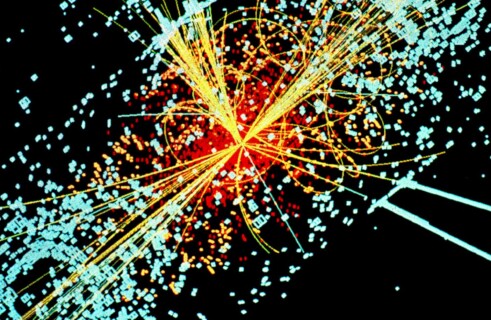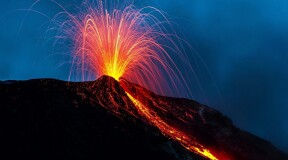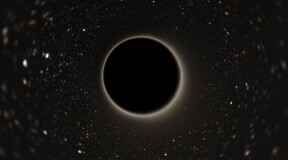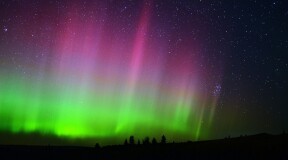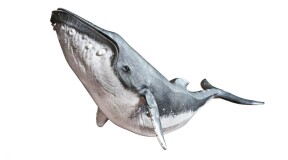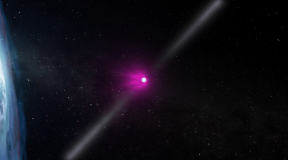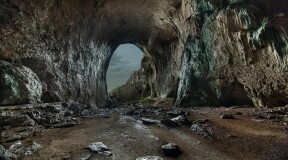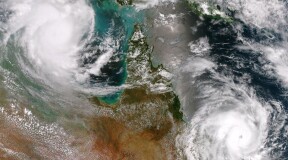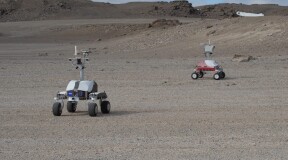-
en

Science & Education - page 17
Why do volcanic gases and ash move at high speed? Scientists explain
The first ever photo of a black hole has been published
How NASA illuminated the northern lights
Look at the board: Chinese schools are testing the attention-level monitoring system
Paleontologists Report the Discovery of Modern Whales’ Ancestors
How do high-rise buildings harm migratory birds?
Plants will help us colonize Mars
The first animals on Earth didn't look the way we used to think
PSR J0002+6216 - "sprinter" among the stars
Drones to help mankind colonise Mars
Worst storm in history hits Africa
Mars on Earth: where it is and what it looks like


